CASE STUDY:
Agoda – Devising a new type of research study to discover hidden behaviors
Background
Agoda is the leading online accommodation booking service in South East Asia. A part of Fortune 100 company Booking Holdings Group (formerly The Priceline Group), It is the sister company of Booking.com, Kayak, Priceline.com, OpenTable and RentalCars.com
The Challenge
The content team was looking to boost the quality of available photos of hotels on Agoda. Prior user research had indicated that hotel and room photos were very big influencing factors for customers when making a decision on which room to book.
To do this, the content team needed help with creating a specification for vendors that they were going to use to source hotel photos. The specification needed to list out criteria such as the quality, the composition, the angle and the various parts of the hotel that users wanted to see in order to increase conversion.
Stakeholders
- Director of Content
- Product Owner for Hotel Content
- Product Owner for Hotel Property page
- Engineering Teams
My role
- UX Research
Measure of Success
Identifying through user research the exact criteria for hotel photos that would help in driving higher user conversion
The Process
As a team, I first ran a workshop with the relevant teams to clearly define the problem area to be explored and the desired outcomes. We knew from previous research that hotel pictures and hotel room pictures were exceptionally important when choosing what to book, however we didn’t have any idea on what comprised a good picture (eg: Camera angle, photo resolution, photo subject, photo filters etc)
Once that was done, I chose to conduct user interviews as the method to explore this problem area. As a discussion aid, I would have the users attempt to make a booking and observe how they interacted with photos, as well as probe deeper based on the questions the team wanted answered.
I set up the interview sessions and then ran a few session where I realized we had run into a big issue – users were providing us with fairly binary responses around hotel pictures. They simply stated whether they liked the picture or not, but weren’t able to articulate any further what they liked or disliked about the pictures. Seeing this, I decided to immediately pause the study and revisit the methodology to address this unforeseen issue.
After putting some thought into it, I decided to scrap the original discussion aid, and come up with something new altogether. An activity that leveraged the Premo tool, an emotion measurement tool.
The heart of Premo is a cartoon character that uses her/his face, body and voice to express fourteen different emotions (derived from Plutchik’s emotion wheel). Half of these are positive, like pride and joy. And the other half are negative, like fear and sadness. Together, these 14 emotions represent a solid cross-section of the human repertoire. With Premo, people can report their feelings in any situation by simply pointing out one or more cartoons. Premo makes the measurement of both strong and subtle feelings simple and reliable. Because it does not rely on words, Premo supports cross-cultural research. The animations have been validated in many countries across the world


In this activity, I would have the participants associate a Premo character emotion and the intensity of that emotion (high / medium / low) with a carefully curated set of hotel photos that I had come up with. This set of hotel photos had a few primary photos, and multiple variations of the same primary photo. The variations in the photos were things like camera angle, items displayed in the picture, color filters, presence of people etc).
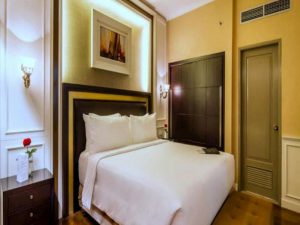
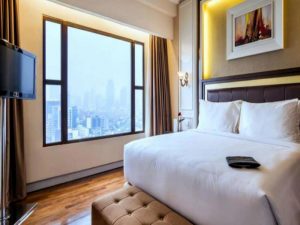
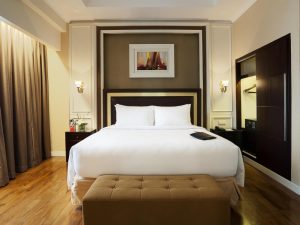
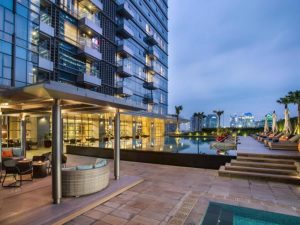
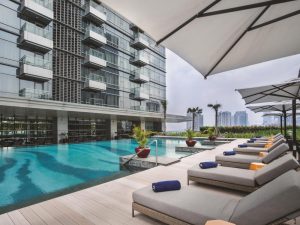
After I had the activity planned out and ready for execution, we resumed the research study, and we had extremely fascinating results. We found that probing people based on the emotions and the intensity of the emotion on the same set of images with minor variations resulted in deep insights. Additionally it helped participants very clearly articulate what made a good picture and what made a bad picture.
After the conclusion of the field activities, the team and I worked on synthesizing the findings and draw insights. These were then turned into an actionable set of criteria for the content team to use for

Outcomes
Through the research study, I was able to identify very specific criteria in hotel photos that helped increase user conversion. The content team initiated the project to source this higher quality photos, and over a period of months, the photos were updated for hotels across the site, resulting in increased conversion over time